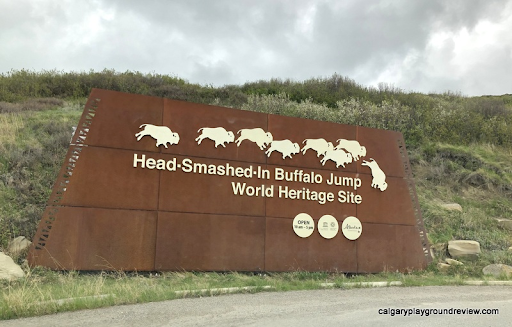Head-Smashed-In Buffalo Jump - Canada
- lilcorrespondents
- Feb 13, 2022
- 1 min read
In Southwest Alberta, the UNESCO-designated world heritage site, Head-Smashed-In Buffalo Jump, marks the trails of an Aboriginal camp that was once inhabited by vast quantities of buffalo (American Bison) prior to contact with the Europeans. The site is visited by thousands per year as it shows evidence of a custom practiced by the Aboriginal peoples of the North American plains for centuries. From the knowledge they had garnered on topography and of the buffalo behaviour, they aptly killed their prey by chasing them over a hill and the remaining carcasses were later carved up in the camp below. This landmark is significant to Canadian history and the world as it reflects the communal hunting techniques and lifestyle of those who inhabited the Plains. The extensive landmark illustrates the archaeological features that generations of Aboriginals used to hunt for food, clothing and shelter for the people.
Head-Smashed-In Buffalo Jump is certainly the most outstanding of the surviving bison jumps in the Americas and had been used for approximately 5800 years. On this grassy landscape, the remains of bones and the hill that led the bison toward the jump (even the remains of stone markers used to direct the bison toward the fall). A 10-m-high served as the actual jump and many layers of undisturbed bones show the many butchering camps that were built below this precipice. Hence, this site is of great universal importance and remains a world treasure to demonstrate the native ways of life pre-contact of the European settlers in North America.
- Amberle Lim - Canada









Comments